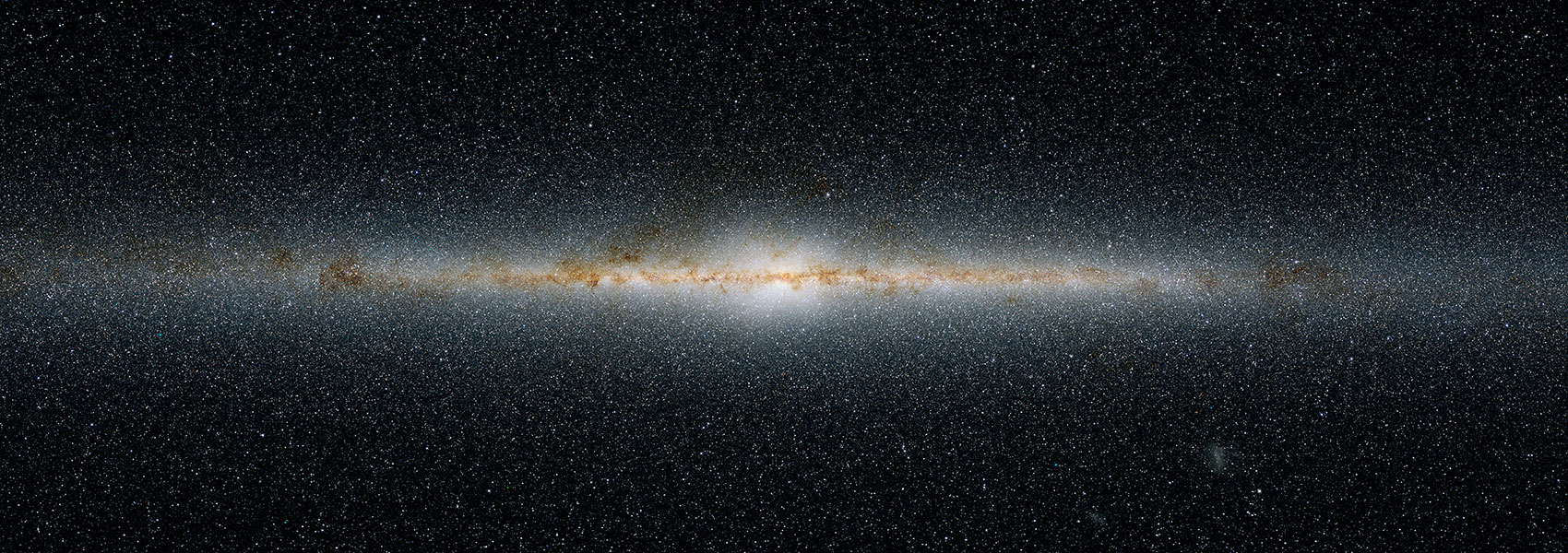March
2022
•
2022ApJ...927..236R
Authors
•
Roberts-Borsani, Guido
•
Morishita, Takahiro
•
Treu, Tommaso
•
Leethochawalit, Nicha
•
Trenti, Michele
Abstract
•
We present the largest systematic, Hubble Space Telescope (HST)-based search to date for luminous z ≳ 8 galaxy candidates using ~1267 arcmin2 of (pure-)parallel observations from a compilation of 288 random sightlines with Advanced Camera for Surveys and Wide Field Camera 3 observations, derived from the (Super)Brightest of Reionizing Galaxies (SuperBoRG) data set and together representing a factor ~1.12× larger than existing space-based data sets. Using near-infrared (NIR) color cuts and careful photo-z analyses, we find 31 z ≳ 8 galaxy candidates over 29 unique sightlines, and derive global galaxy properties such as UV magnitudes and continuum slopes, sizes, and rest-frame optical properties (e.g., star formation rates (SFRs), stellar masses, A v). Taking advantage of the (pure-)parallel nature of our data set-making it one of the most representative thus far-and derived SFRs, we evaluate the cosmic SFR density for the bright end of the UV luminosity function (LF) at z ~ 8-10 and test the validity of luminosity-function-derived results using a conversion factor. We find that our method yields comparable results to those derived with LFs. Furthermore, we present follow-up observations of five (Super)BoRG targets with the Keck Multi-Object Spectrometer For Infra-Red Exploration (MOSFIRE) instrument, finding no evidence of Lyα in >3 hr of Y-band observations in either, consistent with a largely neutral medium at z ~ 8. Our results offer a definitive HST legacy on the bright end of the LF and provide a valuable benchmark as well as targets for follow-up with the James Webb Space Telescope. *Based on observations made with the NASA/ESA Hubble Space Telescope, obtained from the data archive at the Space Telescope Science Institute. STScI is operated by the Association of Universities for Research in Astronomy, Inc. under NASA contract NAS 5-26555.
Links




